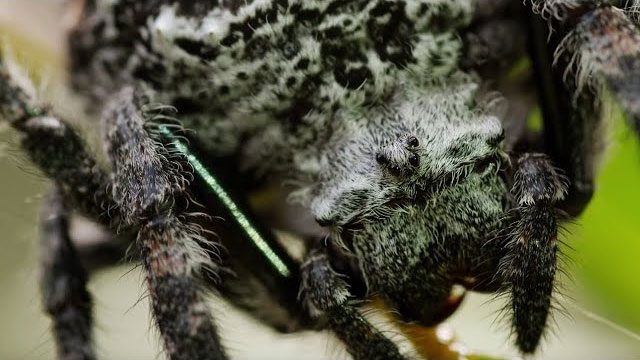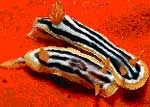Thanks to its unique silk-spinning mechanism and ability to exploit air currents, the Darwin’s bark spider can construct a “bridge” that spans 25 meters across a river, allowing it to create a trap for capturing prey.
Darwin’s Bark Spider (Caerostris darwini) is a species of spider in the Araneidae family. This species was discovered in Madagascar in the Andasibe-Mantadia National Park in 2009. It has an appearance that resembles tree bark. The species is named after the naturalist Charles Darwin.
While spider silk is generally regarded as a material with extraordinary tensile strength, the Darwin’s Bark Spider possesses the most “premium” silk. According to analyses, the silk of the Darwin’s Bark Spider is twice as strong as that of ordinary spiders and ten times stronger than Kevlar – the material used to make bulletproof vests – when compared at equivalent sizes.
Moreover, this remarkable spider also has the ability to shoot silk over distances exceeding 25 meters. Therefore, when you venture into the forest where this spider resides, don’t be surprised to see a “silk bridge” spanning across a river!
To create its web, the female spider shoots a continuous strand of silk from one bank of the river. Air currents carry the silk to the other side, forming a bridge. In the center of this unique bridge, the Darwin’s Bark Spider constructs a spiral-shaped web that can measure nearly 3 meters in diameter.

This spider can shoot silk over distances exceeding 25 meters.
The massive size of the web may lead one to imagine that its creator is a giant spider, but in reality, the Darwin’s Bark Spider is not that large.
“The female Darwin’s Bark Spider has a body width of about 1.5 cm and weighs 0.5 g, while the male is significantly smaller, weighing less than one-tenth of the female,” said Matjaž Gregorič from the Academy of Sciences and Arts of Slovenia in Ljubljana.
In addition to killing its mate and severing its genitalia, the Darwin’s Bark Spider in Madagascar also exhibits a behavior of secreting saliva from the female’s genital opening during mating.





















































